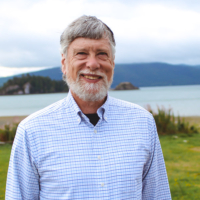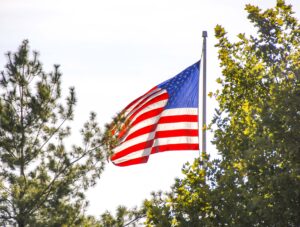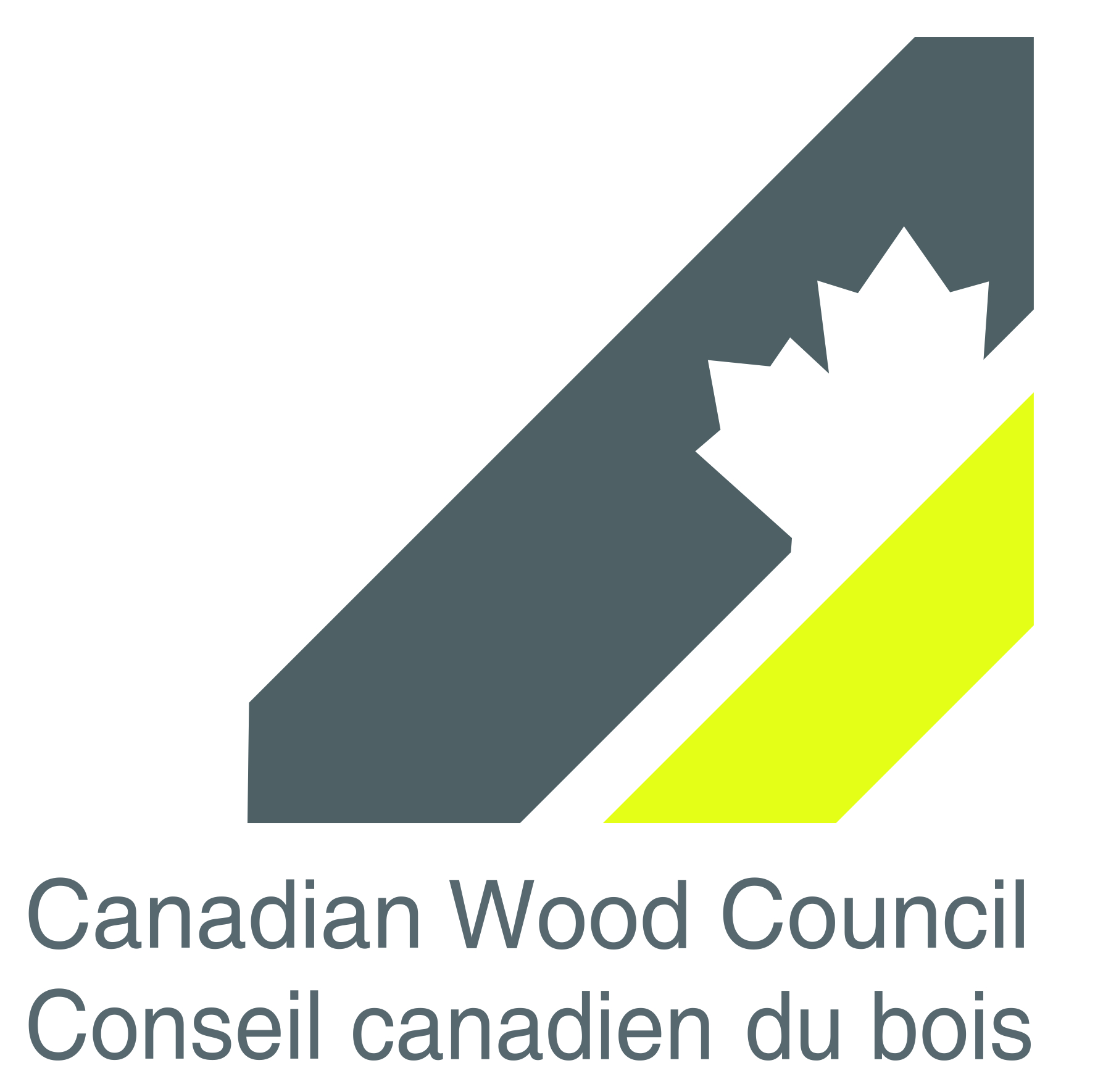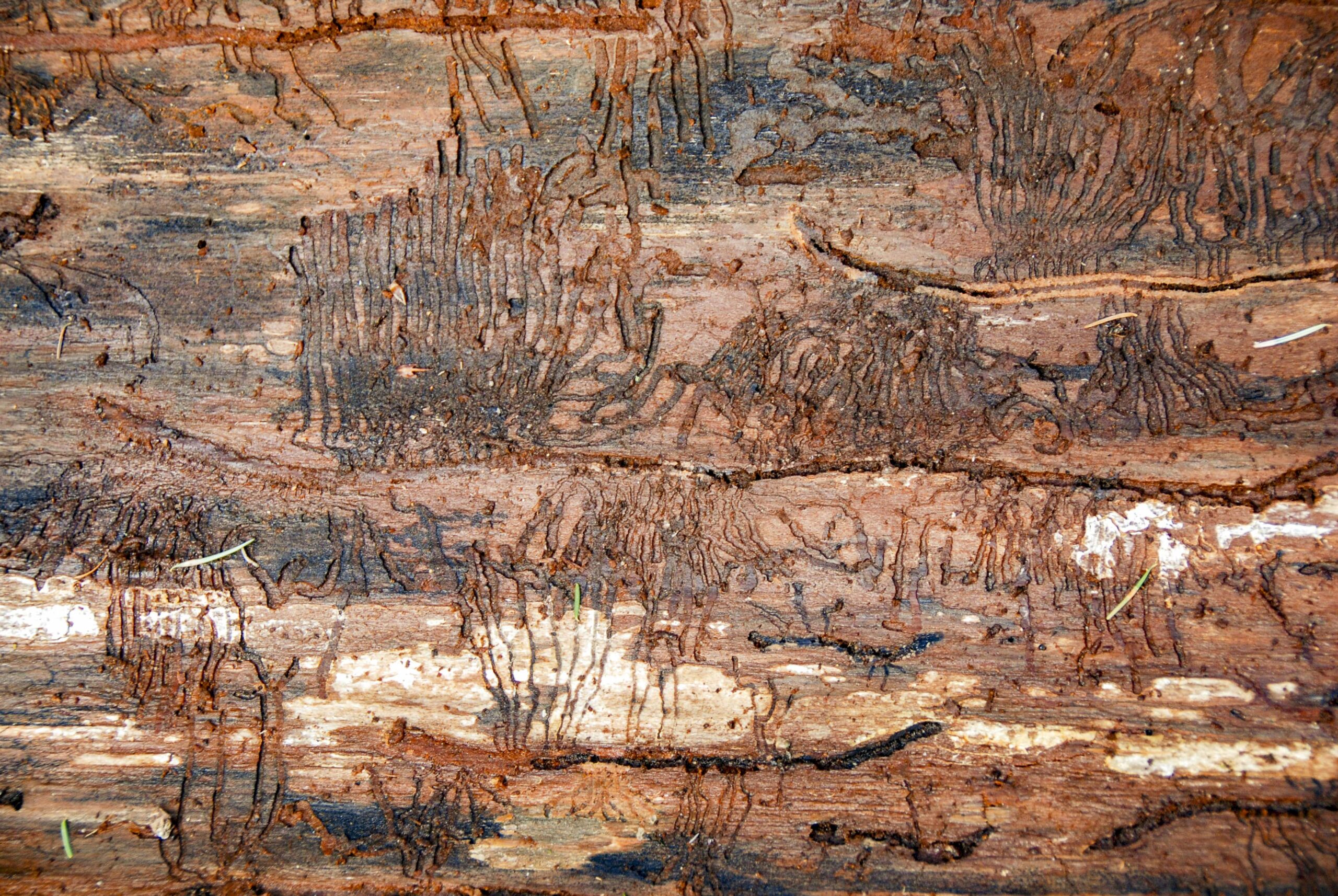 Ottawa launched a softwood lumber task force aimed at ensuring industry competitiveness over the long term. In related news: the Conservatives say the Liberals have lost in on lumber; BC signs historic forestry agreement with the Na̲mg̲is First Nation; Forest Minister Parmar says Nanaimo zoning motion hurts Harmac mill; and Domtar extends Crofton mill closing to January 4, 2026. Meanwhile: US lumber duties drive up construction costs; US Builder sentiment remains negative; and CWC advances wood innovation and education.
Ottawa launched a softwood lumber task force aimed at ensuring industry competitiveness over the long term. In related news: the Conservatives say the Liberals have lost in on lumber; BC signs historic forestry agreement with the Na̲mg̲is First Nation; Forest Minister Parmar says Nanaimo zoning motion hurts Harmac mill; and Domtar extends Crofton mill closing to January 4, 2026. Meanwhile: US lumber duties drive up construction costs; US Builder sentiment remains negative; and CWC advances wood innovation and education.
In Forestry news: 50 New Brunswick communities secure wildfire planning funds; six researchers receive prestigious Wallenberg forestry grants; Western Democrats split on Fix Our Forests bill; and Colorado is fighting beetles on multiple fronts. Meanwhile: tonight at 7:00 pm, Keith Moore, RPF on “How the Long History of Forest Practices Regulation in BC Became a Key Part in a Recent BC Supreme Court Case”.
Finally, I bet you can’t guess how many fake vrs real Christmas trees are sold in the USA.
Kelly McCloskey, Tree Frog News Editor


 “We’re just waiting for the dust to settle.” That sentiment was expressed recently by Nick Arkle, CEO of Gorman Bros., regarding the current 45% tariff on Canadian lumber exported to the US. In other words, what the industry is seeking more than anything else is clarity. …Complicating this scenario for lumber producers—and one that should not and cannot be overlooked—is provincial government policy, especially in BC, Ontario and Quebec. …If there is a potential silver lining in Canada to the ongoing tariff soap opera, it’s the promise by the Canadian Liberal government to build 500,000 new, affordable homes per year, thus theoretically creating significant domestic demand for building materials like softwood lumber. …While the experts are skeptical that the federal government will meet its goal of building 500,000 new homes per year… it will be worthwhile watching to see if Canadian softwood lumber producers will step up and benefit from this initiative.
“We’re just waiting for the dust to settle.” That sentiment was expressed recently by Nick Arkle, CEO of Gorman Bros., regarding the current 45% tariff on Canadian lumber exported to the US. In other words, what the industry is seeking more than anything else is clarity. …Complicating this scenario for lumber producers—and one that should not and cannot be overlooked—is provincial government policy, especially in BC, Ontario and Quebec. …If there is a potential silver lining in Canada to the ongoing tariff soap opera, it’s the promise by the Canadian Liberal government to build 500,000 new, affordable homes per year, thus theoretically creating significant domestic demand for building materials like softwood lumber. …While the experts are skeptical that the federal government will meet its goal of building 500,000 new homes per year… it will be worthwhile watching to see if Canadian softwood lumber producers will step up and benefit from this initiative.
 Forest Minister Ravi Parmar says proposed new zoning regulations in Nanaimo for heavy industries could have “extreme” consequences for a local pulp and power producer. …A motion by Nanaimo Coun. Paul Manly at a Nov. 17 meeting targets emission-intensive industries such as garbage and waste incineration facilities and chemical, petroleum and LNG plants. …“This is not anti-Harmac,” Manly said in an interview on Friday. …In a letter to Nanaimo’s mayor and council this week, Parmar said the motion sends the wrong signal at a time when the B.C. forest manufacturing industry is in a downward spiral. “This move could result in lost investment, confidence and assuredness in the local forest sector,” said Parmar, noting Harmac Pacific is a key driver of the local forest sector and a major employer in Nanaimo’s economy. “We need to be supporting our forestry operators, not punishing them. This motion is closer to the latter.”
Forest Minister Ravi Parmar says proposed new zoning regulations in Nanaimo for heavy industries could have “extreme” consequences for a local pulp and power producer. …A motion by Nanaimo Coun. Paul Manly at a Nov. 17 meeting targets emission-intensive industries such as garbage and waste incineration facilities and chemical, petroleum and LNG plants. …“This is not anti-Harmac,” Manly said in an interview on Friday. …In a letter to Nanaimo’s mayor and council this week, Parmar said the motion sends the wrong signal at a time when the B.C. forest manufacturing industry is in a downward spiral. “This move could result in lost investment, confidence and assuredness in the local forest sector,” said Parmar, noting Harmac Pacific is a key driver of the local forest sector and a major employer in Nanaimo’s economy. “We need to be supporting our forestry operators, not punishing them. This motion is closer to the latter.”
 Join industry, government, First Nations, and community leaders at the 2026 COFI Convention as we focus on rebuilding competitiveness and shaping a more resilient future for BC’s forest sector. British Columbia’s forest sector is at a crossroads — facing tough challenges, but also leading the way in solutions that matter most to our province: housing, wildfire resilience, reconciliation, and building a resilient provincial economy. At the 2026 COFI Convention, themed Forestry is a Solution, leaders from industry, government, First Nations, local government will come together to advance competitiveness and chart a strong, sustainable future for BC’s forest sector. Discounted hotel rates are nearly sold out, book now to secure conference pricing and guarantee your stay. April 8 – 10, 2026 | JW Marriott Parq in Vancouver
Join industry, government, First Nations, and community leaders at the 2026 COFI Convention as we focus on rebuilding competitiveness and shaping a more resilient future for BC’s forest sector. British Columbia’s forest sector is at a crossroads — facing tough challenges, but also leading the way in solutions that matter most to our province: housing, wildfire resilience, reconciliation, and building a resilient provincial economy. At the 2026 COFI Convention, themed Forestry is a Solution, leaders from industry, government, First Nations, local government will come together to advance competitiveness and chart a strong, sustainable future for BC’s forest sector. Discounted hotel rates are nearly sold out, book now to secure conference pricing and guarantee your stay. April 8 – 10, 2026 | JW Marriott Parq in Vancouver
 The
The  Nonfarm payrolls grew slightly more than expected in November but slumped in October while unemployment hit its highest in four years, the Bureau of Labor Statistics reported Tuesday in numbers delayed by the government shutdown. Job growth totaled a seasonally adjusted 64,000 for the month, better than the Dow Jones estimate of 45,000 and up from a sharp decline in October. The unemployment rate rose to 4.6%, more than expected and its highest level since September 2021. A more encompassing measure that includes discouraged workers and those holding part-time jobs for economic reasons swelled to 8.7%, its peak going back to August 2021. In addition to the November report, the BLS released an abbreviated October count that showed payrolls down 105,000. While there was no official estimate, Wall Street economists were largely expecting a decline following a surprise increase of 108,000 in September.
Nonfarm payrolls grew slightly more than expected in November but slumped in October while unemployment hit its highest in four years, the Bureau of Labor Statistics reported Tuesday in numbers delayed by the government shutdown. Job growth totaled a seasonally adjusted 64,000 for the month, better than the Dow Jones estimate of 45,000 and up from a sharp decline in October. The unemployment rate rose to 4.6%, more than expected and its highest level since September 2021. A more encompassing measure that includes discouraged workers and those holding part-time jobs for economic reasons swelled to 8.7%, its peak going back to August 2021. In addition to the November report, the BLS released an abbreviated October count that showed payrolls down 105,000. While there was no official estimate, Wall Street economists were largely expecting a decline following a surprise increase of 108,000 in September.
 The Canadian Wood Council (CWC) welcomes the announcement made today by the Honourable Tim Hodgson, Minister of Energy and Natural Resources. The event celebrated funding for projects that strengthen Canada’s forestry sector and foster innovation in wood-based solutions. CWC received $8.5 million since 2023 to expand the use of wood-based products, broaden education on wood construction and contribute to the advancement of the National Building Code. …This funding has allowed CWC and its WoodWorks program to support design and construction professionals with expert resources, tools, and guidance that help accelerate the adoption of wood construction nationwide. As we continue this work, we will help catalyze sustainable demand for construction solutions that are not only innovative but also replicable and rapidly deployed, approaches that will help address Canada’s housing and affordability challenges at scale.
The Canadian Wood Council (CWC) welcomes the announcement made today by the Honourable Tim Hodgson, Minister of Energy and Natural Resources. The event celebrated funding for projects that strengthen Canada’s forestry sector and foster innovation in wood-based solutions. CWC received $8.5 million since 2023 to expand the use of wood-based products, broaden education on wood construction and contribute to the advancement of the National Building Code. …This funding has allowed CWC and its WoodWorks program to support design and construction professionals with expert resources, tools, and guidance that help accelerate the adoption of wood construction nationwide. As we continue this work, we will help catalyze sustainable demand for construction solutions that are not only innovative but also replicable and rapidly deployed, approaches that will help address Canada’s housing and affordability challenges at scale.
 Mark Latino is the CEO of Lee Display, a Fairfield, California-based company… that still makes artificial Christmas trees, producing around 10,000 each year. Tariffs shone a twinkling light this year on fake Christmas trees — and the extent to which America depends on other countries for its plastic fir trees. Prices for fake trees rose 10% to 15% this year due to the new import taxes, according to the American Christmas Tree Association, a trade group. Tree sellers cut their orders and paid higher tariffs for the stock they brought in. Despite those issues, tree companies say they aren’t likely to shift large-scale production back to the US after decades in Asia. Fake trees are labor-intensive and require holiday lights and other components the US doesn’t make. …About 80% of the US residents who put up a Christmas tree this year planned to use a fake one. …That percentage has been unchanged for at least 15 years.
Mark Latino is the CEO of Lee Display, a Fairfield, California-based company… that still makes artificial Christmas trees, producing around 10,000 each year. Tariffs shone a twinkling light this year on fake Christmas trees — and the extent to which America depends on other countries for its plastic fir trees. Prices for fake trees rose 10% to 15% this year due to the new import taxes, according to the American Christmas Tree Association, a trade group. Tree sellers cut their orders and paid higher tariffs for the stock they brought in. Despite those issues, tree companies say they aren’t likely to shift large-scale production back to the US after decades in Asia. Fake trees are labor-intensive and require holiday lights and other components the US doesn’t make. …About 80% of the US residents who put up a Christmas tree this year planned to use a fake one. …That percentage has been unchanged for at least 15 years.


 Gov. Jared Polis signed an
Gov. Jared Polis signed an